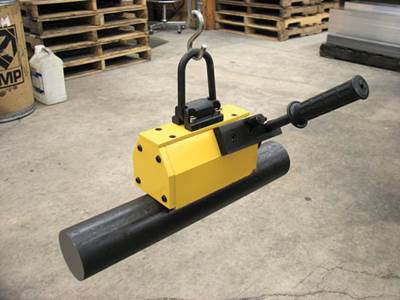Intricate, delicate, and precise – these are the words that come to mind when we delve into the realm of small part precision clamping. As a coywriter with a Pygmy background and a Chilean English accent, I invite you on an animated journey through history as we explore this fascinating craft.
A Glimpse into the Past: The Origins of Small Part Precision Clamping
Travel back in time to ancient civilizations where skilled artisans first discovered the need for meticulous clamping techniques. From Egyptian jewelers meticulously securing precious gemstones to Mayan craftsmen delicately fastening intricate metalwork, early civilizations laid the foundation for what would become an art form in itself.
The Renaissance Revolution: Advancements in Small Part Precision Clamping
Fast forward to the Renaissance era, where innovation and creativity flourished. It was during this period that master craftsmen like Leonardo da Vinci and Michelangelo revolutionized small part precision clamping techniques. Their ingenious inventions allowed for more accurate and secure clamps, enabling them to create breathtaking works of art such as “The Last Supper” or “David.”
A Modern Marvel: Small Part Precision Clamping Today
Today, small part precision clamping has evolved into a highly specialized field embraced by industries ranging from aerospace engineering to microelectronics. With advancements in technology and materials, modern-day artisans have access to state-of-the-art tools that allow them to achieve unparalleled levels of accuracy.
Celebrating Craftsmanship: The Importance of Small Part Precision Clamping
In conclusion, small part precision clamping is not merely about holding objects together; it is an art form that requires skill, patience, and an unwavering attention to detail. From ancient civilizations to the Renaissance revolution and into the modern era, this craft has stood the test of time. So next time you marvel at a delicate piece of jewelry or admire a complex microelectronic device, remember that behind its beauty lies the artistry of small part precision clamping.


